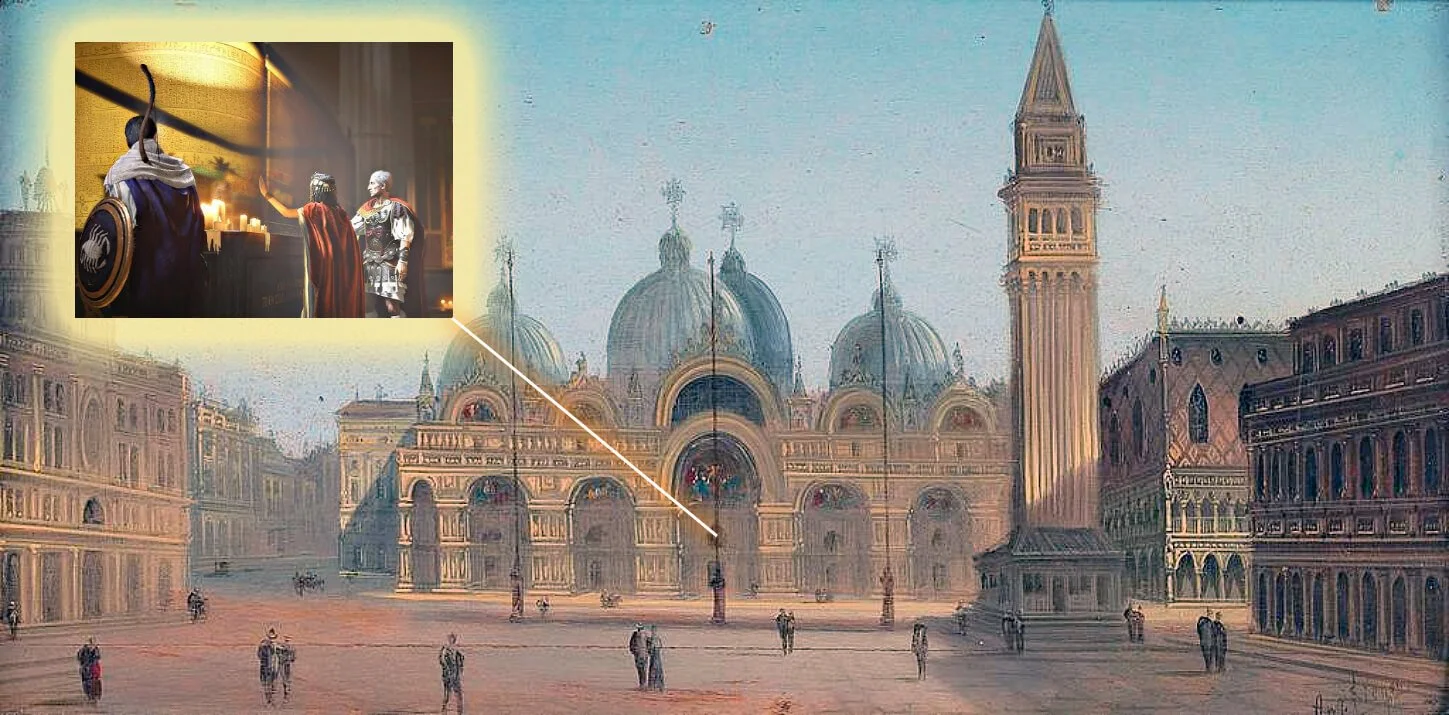According to legend, a humble bee—unwittingly—played a part in the construction of the most iconic church in Byzantine history: Hagia Sophia.
When Emperor Justinian began building Hagia Sophia in 532 AD, workers toiled day after day, hauling materials, mixing clay and lime, racing against time to complete the grand cathedral. The task was monumental, and precision was everything. Craftsmen blended the materials with the utmost care, as if they were preparing a sacred ritual.
One day, the story goes, a young apprentice left a mold filled with lime and water to the side while he went to assist on the walls. When he returned, the mold was gone. No one knew what had happened—until someone noticed a bee flying away, carrying tiny bits of the mixture. They followed it.
The bee disappeared through a crack in the foundation. The next day, they found it had built a small hive inside a niche, using clay and lime, shaped into a perfect hexagon. The workers paused, stunned into silence. To them, it was a divine sign.
The bee’s geometry, they said, surpassed that of even the most skilled artisan. And at that moment, the master builder declared:
“We will build this temple as the bee builds her hive—with harmony, wisdom, and humility.”
The legend spread by word of mouth—from the heart of Constantinople to Pontus and deep into Asia Minor. In some variations, it’s said that the bee protected a sacred object from the Divine Liturgy when the Ottomans entered the city and will return it when Hagia Sophia once again becomes a place of Christian worship. In others, the bee is seen as a guardian of the great dome—a small angel with wings made of wax.
A modest creature by nature, the bee came to symbolize divine wisdom. It works quietly, almost invisibly, yet it creates miracles. Just like Hagia Sophia, which was built not only with stone and marble—but with faith, patience, and… a touch of honey.







